A teenager is lucky to be alive after he became stranded while trying to cross the Cook Strait in a dinghy and had to be rescued.
news.com.auMay 29, 202012:42am
Three
men were rescued from the ocean by fellow boaters after their vessel
took on water and capsized in the Atlantic Ocean near Jacksonville,
Florida, on Sunday, April 26, re...
A
lucky teenager has managed to survive a night on New Zealand’s often
treacherous Cook Strait in a three-metre wooden dinghy after being
rescued Thursday morning.
The
18-year-old set off from Kenepuru Sound in New Zealand’s South Island
around 10pm Wednesday before heading through Pelorus Sound and crossing
the strait.
Bound for the Porirua coast, northwest of Wellington, the young man contacted the Harbourmaster alerting them he had broken down off the coast around 9am,” the New Zealand Herald reports.
Police were able to geolocate him using his cell phone location and he was located around 12km west of Mana Island. A Westpac helicopter directed police to his location.
The young man was in reasonably good nick, slightly cold but not hypothermic and very lucky Wellington Maritime Police Senior Sergeant Dave Houston said.
“He’s lacked preparation to do essentially a 100km voyage in a dinghy,” Houston said.
“In his situation, he didn’t check the weather forecast and lucky for him, it was probably the best weather conditions you could actually get.
“We’ve got strong tides that go through the channel, lots of rips and unsettled water. It’s all quite unpredictable and can change at the drop of a hat.”
The conditions on the water would not have been great in a dinghy, MetService said.
While swell conditions overnight yesterday for Cook Strait were almost non-existent with a swell around one metre, there were winds of up to 20 knots – around 40km/h.
The teenager was not an experienced seaman and was very lucky given how dangerous Cook Strait could be at times, Houston said.
 The
small outboard motor used to power the dinghy had broken down when the
teenager called for help – his cell phone was also going flat, Houston
said.
The
small outboard motor used to power the dinghy had broken down when the
teenager called for help – his cell phone was also going flat, Houston
said.
Greater Wellington Harbourmaster Grant Nalder said when he got the call he initially thought it was a hoax.
The teenager did not sound stressed when he called, did not sound like he was in a panic and was very casual about needing a tow.
Anyone in distress on the water should dial 111 to get emergency services moving more quickly, Nalder said, advising people to carry personal locator beacons too.
Houston spoke to the teenager’s mother during the rescue operation this morning and told the Herald she was very concerned for his welfare. She was elated once he was rescued.
The teenager told police the journey had been “quite rough” in patches and Houston said he was saturated after the ordeal.
The teenager would not be required to foot the bill for the rescue and at this stage he would not be facing any charges either.

There were fishing rods on the back of the dingy but Houston did not think the teenager had attempted to catch anything.
While the outcome was good and no one was hurt, the voyage was a great example of what not to do, Houston said.
“While the man did have a lifejacket on and carried his cell phone, he had not checked the weather conditions and was not an experienced seaman,” he said.
“Everybody going out on the water needs to remember to wear a lifejacket, check the conditions and only go out if it is calm and go out in daylight.
“You need to have all proper safety equipment and be an experienced and capable seaman if you are going to make this coastal voyage.”
If the teenager had not called police, they would not have been able to locate him using the phone’s data and it could have been a very different outcome.
And while Houston would not go as far as to say the decision to try and make the journey overnight in a small vessel was crazy, he did advise against it.
Meanwhile, harbourmaster Nalder reiterated those comments, saying the journey was somewhat ambitious.
“I don’t really advise small boats with no lights being out in the dark either … There are better ways of crossing the Cook Strait, like catching the ferry.”
This article originally appeared on the NZ Herald and has been republished with permission.
Bound for the Porirua coast, northwest of Wellington, the young man contacted the Harbourmaster alerting them he had broken down off the coast around 9am,” the New Zealand Herald reports.
Police were able to geolocate him using his cell phone location and he was located around 12km west of Mana Island. A Westpac helicopter directed police to his location.
The young man was in reasonably good nick, slightly cold but not hypothermic and very lucky Wellington Maritime Police Senior Sergeant Dave Houston said.
“He’s lacked preparation to do essentially a 100km voyage in a dinghy,” Houston said.
“In his situation, he didn’t check the weather forecast and lucky for him, it was probably the best weather conditions you could actually get.
“We’ve got strong tides that go through the channel, lots of rips and unsettled water. It’s all quite unpredictable and can change at the drop of a hat.”
The conditions on the water would not have been great in a dinghy, MetService said.
While swell conditions overnight yesterday for Cook Strait were almost non-existent with a swell around one metre, there were winds of up to 20 knots – around 40km/h.
The teenager was not an experienced seaman and was very lucky given how dangerous Cook Strait could be at times, Houston said.

The teen became stranded when his dinghy broke down. Picture: NZ PoliceSource:Supplied
Greater Wellington Harbourmaster Grant Nalder said when he got the call he initially thought it was a hoax.
The teenager did not sound stressed when he called, did not sound like he was in a panic and was very casual about needing a tow.
Anyone in distress on the water should dial 111 to get emergency services moving more quickly, Nalder said, advising people to carry personal locator beacons too.
Houston spoke to the teenager’s mother during the rescue operation this morning and told the Herald she was very concerned for his welfare. She was elated once he was rescued.
The teenager told police the journey had been “quite rough” in patches and Houston said he was saturated after the ordeal.
The teenager would not be required to foot the bill for the rescue and at this stage he would not be facing any charges either.

Police said the teen wouldn’t be facing any charges over the incident. Picture: NZ PoliceSource:Supplied
While the outcome was good and no one was hurt, the voyage was a great example of what not to do, Houston said.
“While the man did have a lifejacket on and carried his cell phone, he had not checked the weather conditions and was not an experienced seaman,” he said.
“Everybody going out on the water needs to remember to wear a lifejacket, check the conditions and only go out if it is calm and go out in daylight.
“You need to have all proper safety equipment and be an experienced and capable seaman if you are going to make this coastal voyage.”
If the teenager had not called police, they would not have been able to locate him using the phone’s data and it could have been a very different outcome.
And while Houston would not go as far as to say the decision to try and make the journey overnight in a small vessel was crazy, he did advise against it.
Meanwhile, harbourmaster Nalder reiterated those comments, saying the journey was somewhat ambitious.
“I don’t really advise small boats with no lights being out in the dark either … There are better ways of crossing the Cook Strait, like catching the ferry.”
This article originally appeared on the NZ Herald and has been republished with permission.





















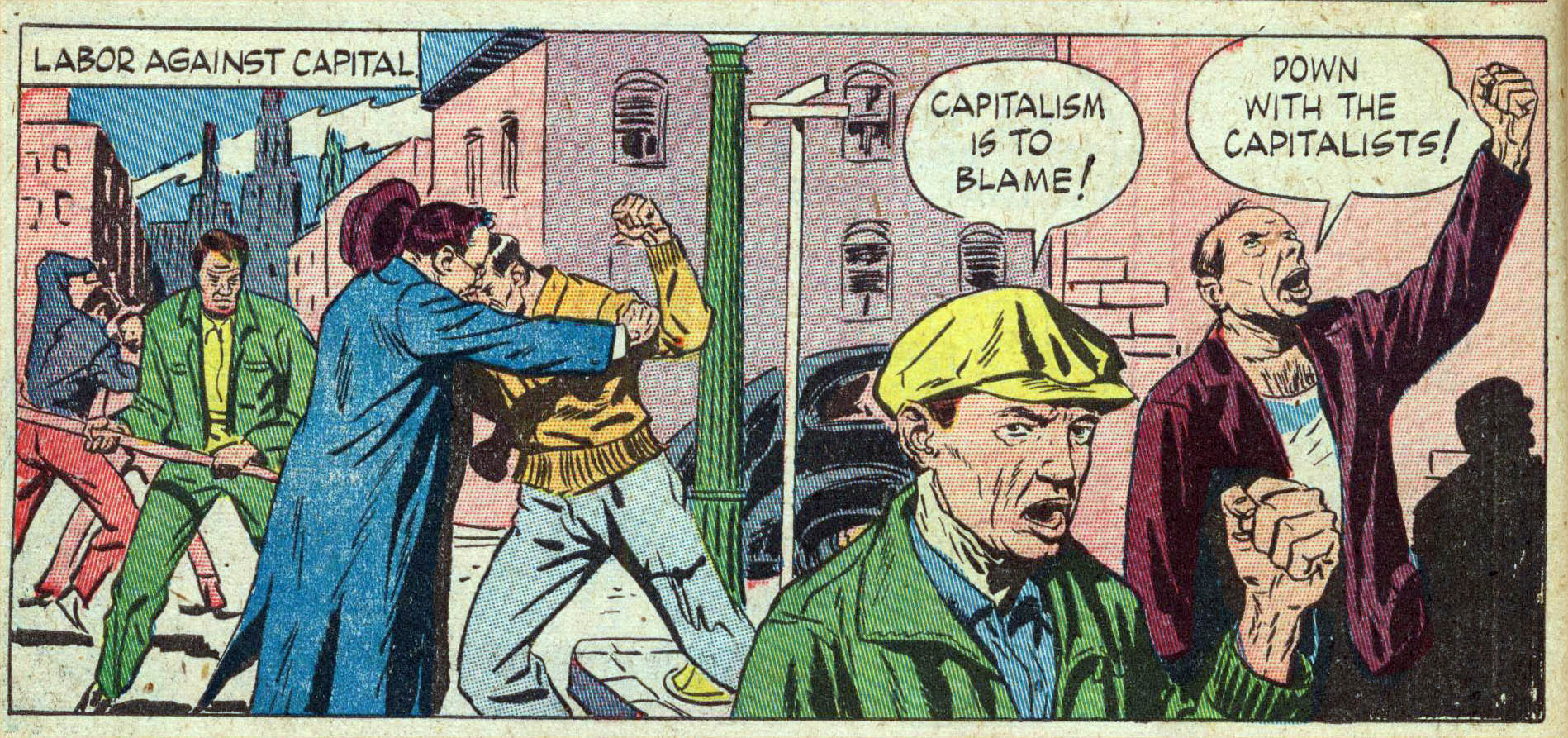
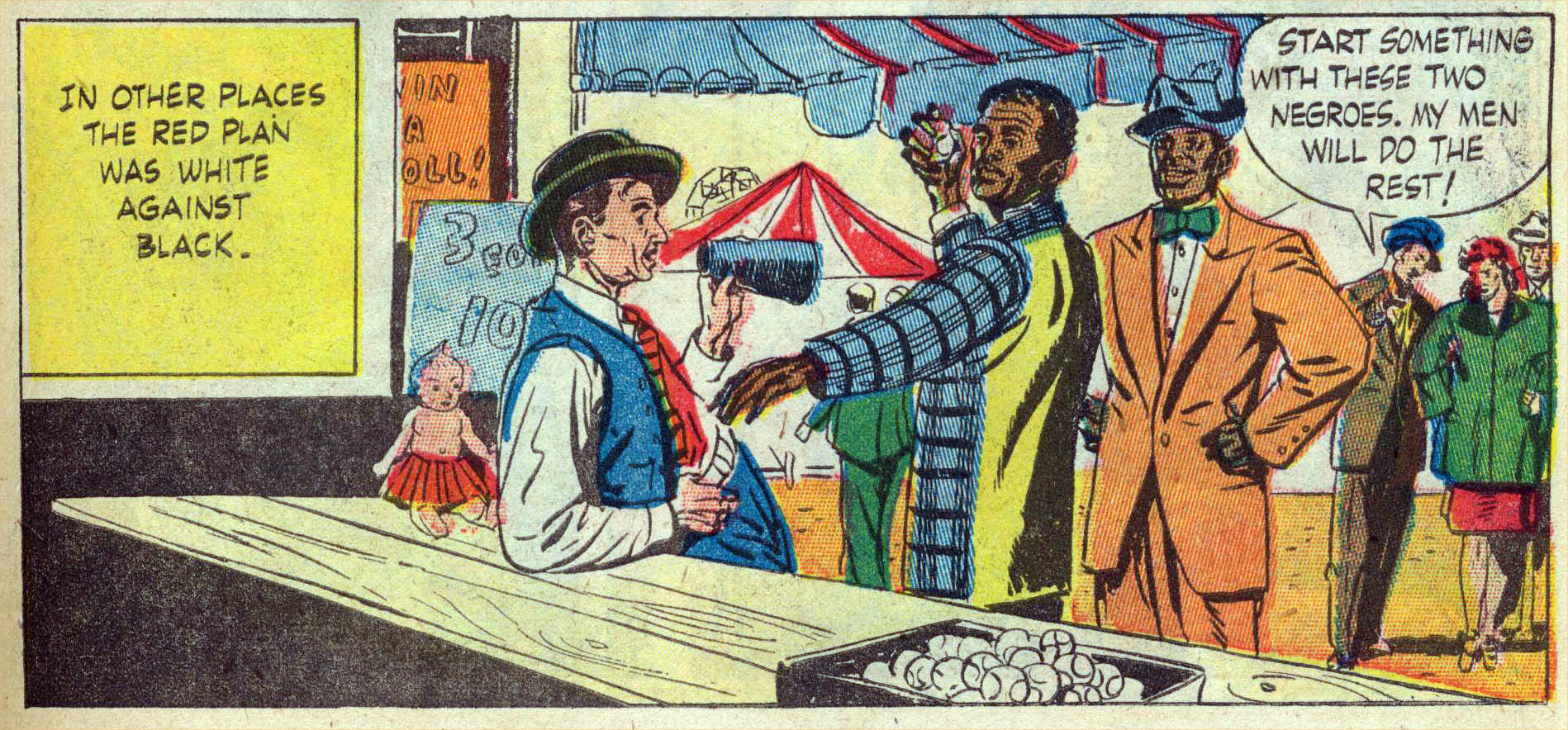






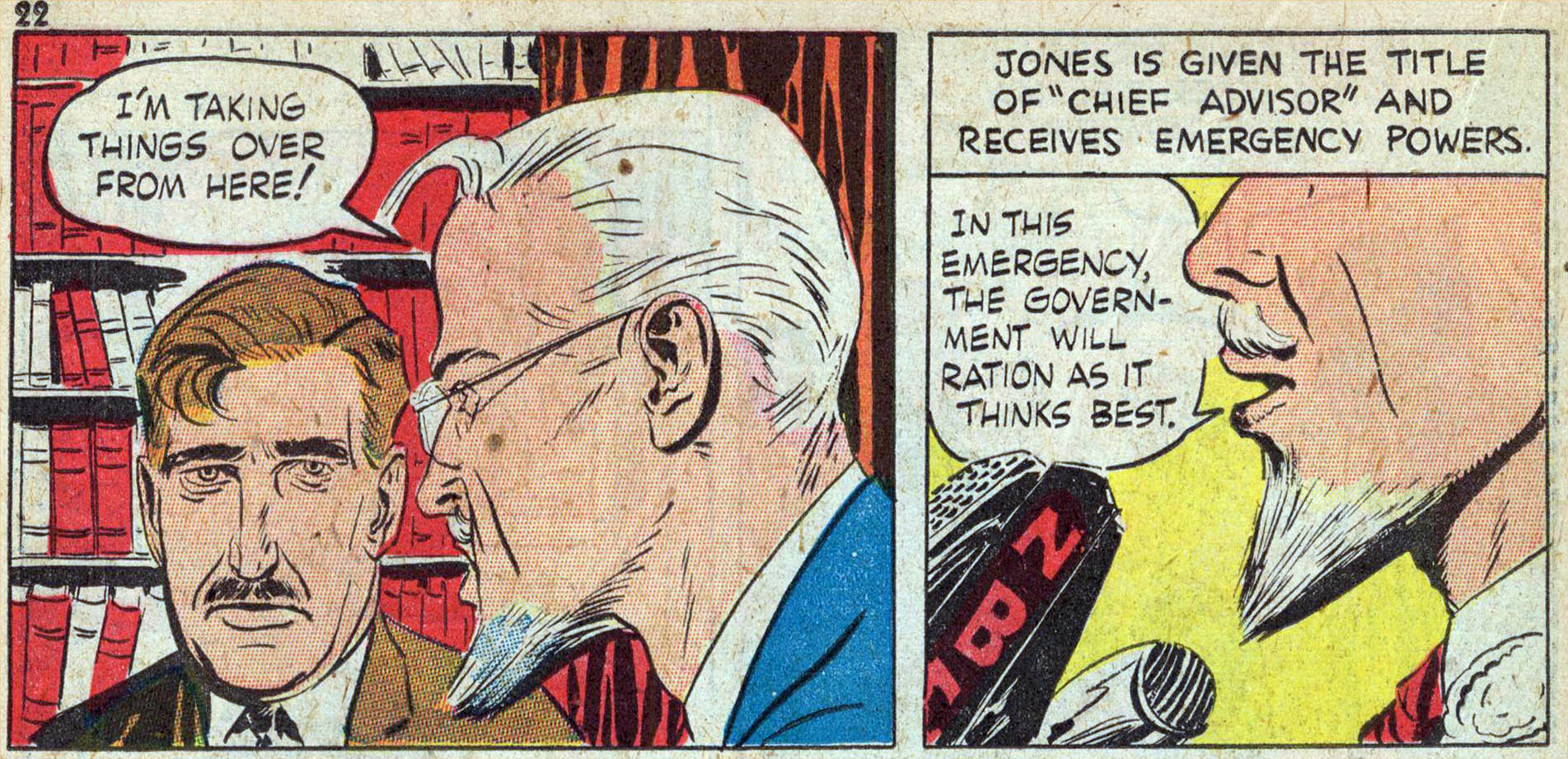
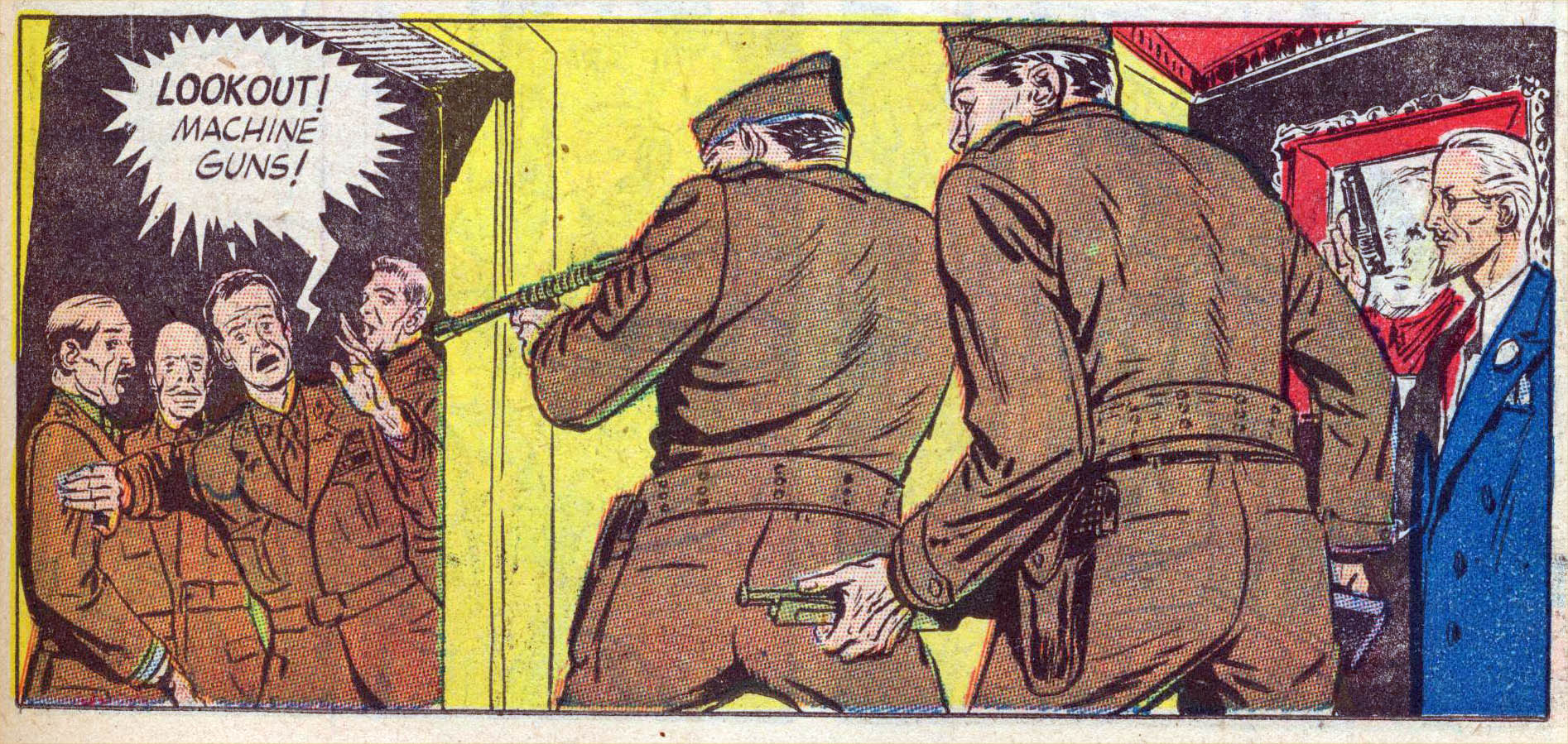

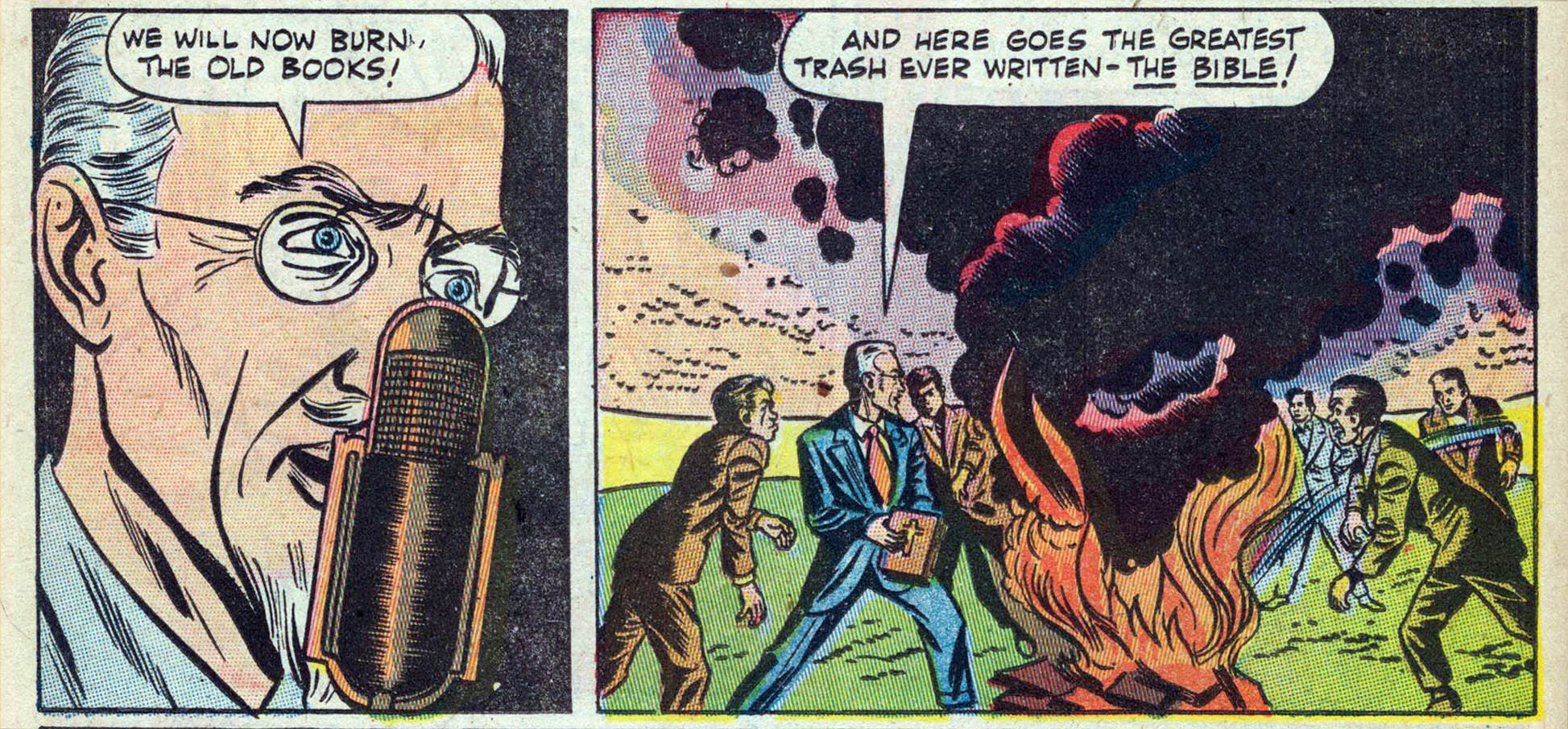




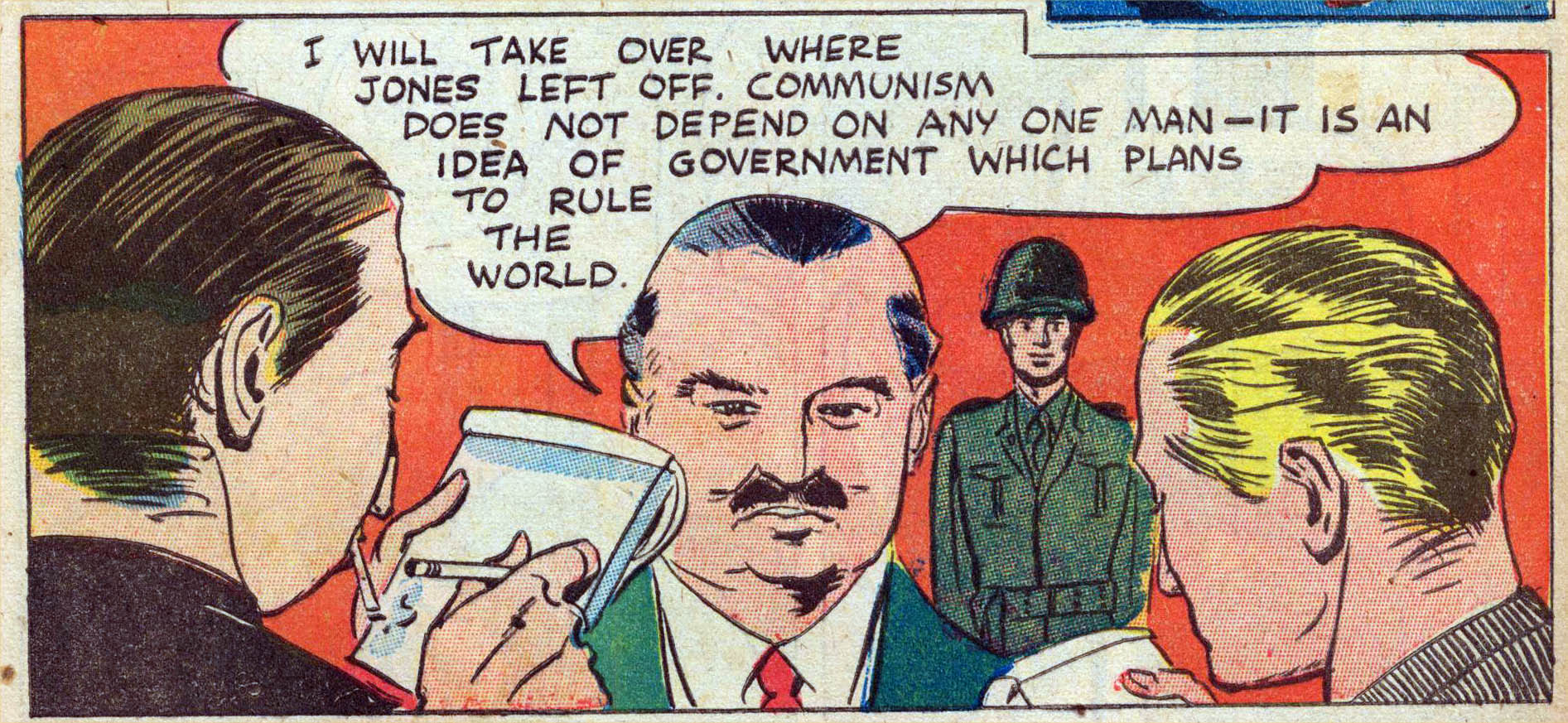




 Tony Allen in 2015 (Photo credit–Tore Sætre)
Tony Allen in 2015 (Photo credit–Tore Sætre) Fela Kuti Live (1971)
Fela Kuti Live (1971) Tony Allen in 2010
Tony Allen in 2010 Little Richard in the 1950s
Little Richard in the 1950s Little Richard in 1956
Little Richard in 1956